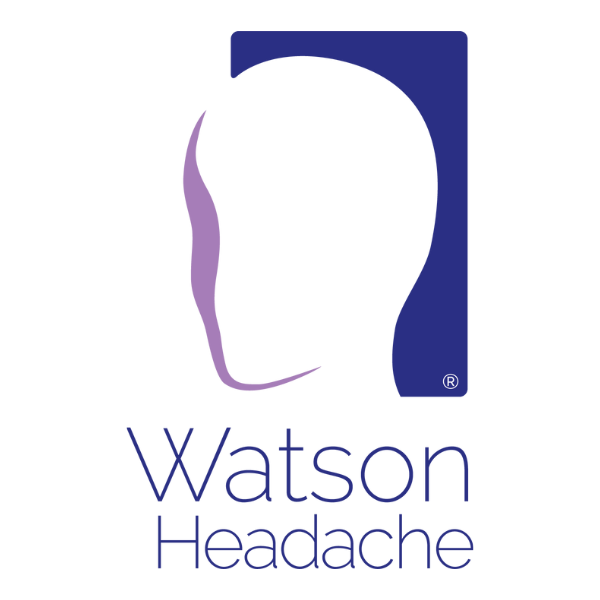Firstly, ‘0C3’ is a comprehensive term encompassing the spinal segments from C0 to C1, C1 to C2, and C2 to C3, as well as the afferents from C1 to C3.
As practitioners focused on providing effective care, it’s crucial to understand the significance of ‘0C3’ in the context of headache assessment and management.
Why?
Because the C1, C2 and C3 afferents are a significant contributor to the trigeminocervical complex (TCC), the TCC plays a pivotal role in the phenotype or manifestation of primary headache pain.
My perspective, from over 40000 hours of exclusive experience with over 10000 headache and migraine patients (and related conditions, for example, cyclic vomiting syndrome and vestibular migraine), is that cervical afferents are not only responsible for cervicogenic headache but are also a predominant source of sensitisation of the TCC in the various primary headache conditions.
Almost all of the medical model of headache is caught up in a pharmaceutical web; migraine and headache drugs dominate the entire headache and migraine landscape. Furthermore, this landscape is distorted by unrealistic, and for the most part, irrelevant, arguments regarding the validity of diagnosing headache and migraine.
What We Know
As neuro-musculoskeletal-manual therapists, we know that cervicogenic headache is more widespread than research and the medical model of headache suggest. This is not surprising given research surrounding cervicogenic headache has for decades traditionally been done by those not trained specifically in manual medicine, (thankfully this is changing). Furthermore, manual therapy researchers have no choice but to follow the diagnostic criteria, which were established by the medical model because adherence to these criteria is a prerequisite for publication.
Implications
The implications of this are significant, particularly in the context of researching cervicogenic headache. The criteria for essentially a musculoskeletal event, have been established by those (respectfully) not experienced in manual medicine, and as a result, the criteria are fallible. Fundamentally, this is the underlying basis for the perceived rarity of ‘cervicogenic headache’.
A Phenotype Within the Primary Headache Category
Among the primary headache groups, migraine is the most studied, and contemporary research strongly supports the involvement of sensitisation in the TCC as a key factor. As migraine represents a phenotype within the primary headache category, the knowledge gained from studying migraine can be extrapolated to the understanding of other primary headache groups. Furthermore, substantial research focusing on these other primary headache groups corroborates and supports this extrapolation.
Why Focus On A Diagnosis?
Surely, optimal management is identifying and addressing the reason for sensitisation of the TCC in primary headache.
We are all for science, true science that is. To lose sight of the bigger picture, as I believe medicine has in the case of headache is to lose sight of the true meaning of science; true science excludes no possibilities in its search for understanding and progress. It is essential that all factors, which have the potential to sensitise the TCC be investigated equally.
Cervicogenic Headache
However, the medical model of headache and migraine does not consider a cervical afferent contribution to the TCC to play a causal role in the primary headache conditions. Why would it, when, and I quote… ‘In migraine alone, the extremely common premonitory symptom of neck discomfort or pain leads to endless, and almost invariably useless, therapeutic attention to a structure that is as innocent of pathology as are the eyes innocent of pathology in patients with photophobia.’ (1)
In my opinion, the term ‘cervicogenic headache’ does not adequately acknowledge the significance of cervical afferents in primary headache conditions. It acts as an intellectual straitjacket by constraining the role of cervical afferents to this supposedly rare form of headache. This indefensible oversight is not only a disservice to basic neuroscience principles but also to the headache and migraine population.
Not A Fringe But A Mainstream Issue
The nature of headache care (which directly affects 90% of the population and many more indirectly) is not a fringe issue – it is a mainstream issue in society. What’s at stake here is not academic; this is about determining the relevancy of, and, addressing noxious cervical afferents skilfully, potentially leading to a headache-free (or at least significantly improved) life, preventing a lifetime of ongoing (and perhaps increasing) medication.
This is why 0C3 in headache matters and is of utmost importance to practitioners like you and me.
- Goadsby PJ, Bartsch T. On the functional neuroanatomy of neck pain. Cephalalgia. 2008;28 Suppl 1:1-7.

